Sutton Hoo: Computer image of Anglo-Saxon ship unveiled
- Published

The models were produced for the Sutton Hoo Ship's Company, which aims to build the first full-size replica of the ship
A team aiming to build the first full-size replica of the Anglo-Saxon ship buried at Sutton Hoo has unveiled 3D computer-generated models of the vessel.
They will be used by The Sutton Hoo Ship's Company to construct a replica of the ship, uncovered in 1939, near Woodbridge, Suffolk.
It is thought to be the final resting place of the 7th-Century King Raedwald.
The models were produced by University of Southampton maritime archaeologists.
Experts are meeting this weekend in Woodbridge to discuss the three-year project to build the 27m-long (90ft) ship.

One of the greatest finds at the Sutton Hoo boat burial is this warrior's helmet, which is kept at the British Museum in London
Philip Leech, a director of The Sutton Hoo Ship's Company, said the meeting would help work towards the final design before work could start next spring.
"The finished boat will be spectacular. The 18m-keel (60ft) will be made from one oak tree," he said.

The Longshed features a viewing gallery, enabling people to watch the building of the replica ship
Mr Leech said by building the ship, the team hoped through "experimental archaeology" to learn much more about the reality of Anglo-Saxon ships.
The Longshed, a building with enough space to build the ship and a viewing gallery, has already been constructed by the River Deben.
Dr Julian Whitewright, a maritime archaeologist from the University of Southampton, led the project to produce the computer models.
He said he faced major challenges as many of the notes relating to the 1939 excavation had been destroyed, while the complete measurements of the 1967 excavation show the site had been damaged during the World War II when it was used for military training.
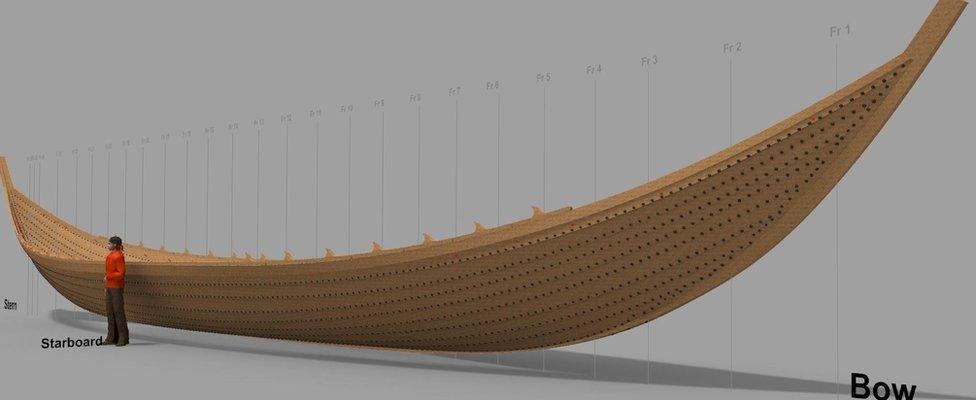
Dr Julian Whitewright, a maritime archaeologist from the University of Southampton, led the project to produce the computer models
But the notes have helped the team create a representation of the ship and new software allows them to work out the weight of the vessel, how many people it could carry and the amount of cargo it could transport.
"It would have had 40 rowers with longer oars than normal and we found it could take a cargo of six to seven tonnes," he said.
"You can learn a lot from the computer analysis but then we are sitting down with experts to retest our figures."
Dr Whitewright said he was excited to be working on the project.
"It's an iconic ship and was one of the most famous archaeological sites," he said.

Sutton Hoo's history
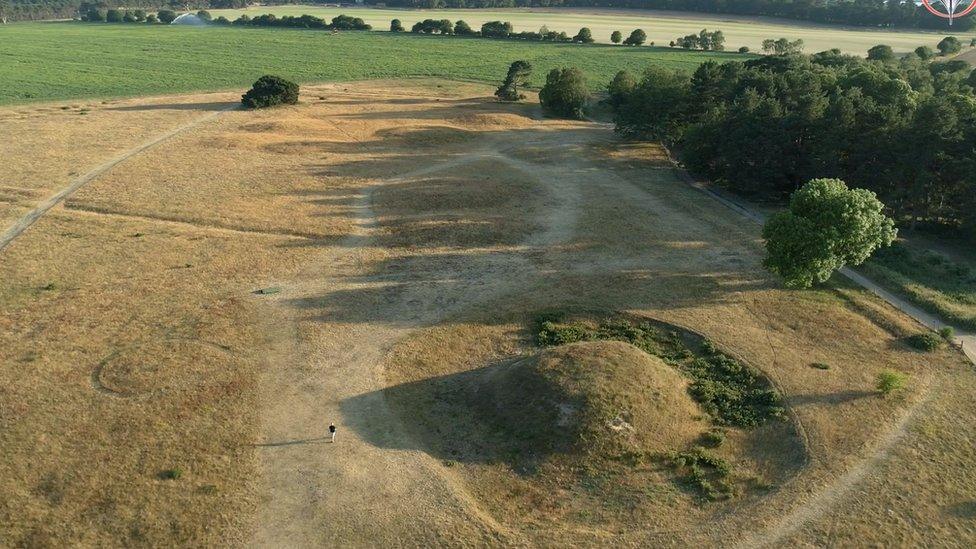
It is thought the ship was hauled to the Sutton Hoo site from the nearby River Deben
The discovery was made in 1939 when landowner Edith Pretty asked archaeologist Basil Brown to investigate the largest of several mounds on her property
Among the many finds were the buried boat which contained the remains of a warrior's helmet, which is kept in the British Museum
It is thought the ship was hauled to the site from the nearby River Deben

- Published7 April 2018
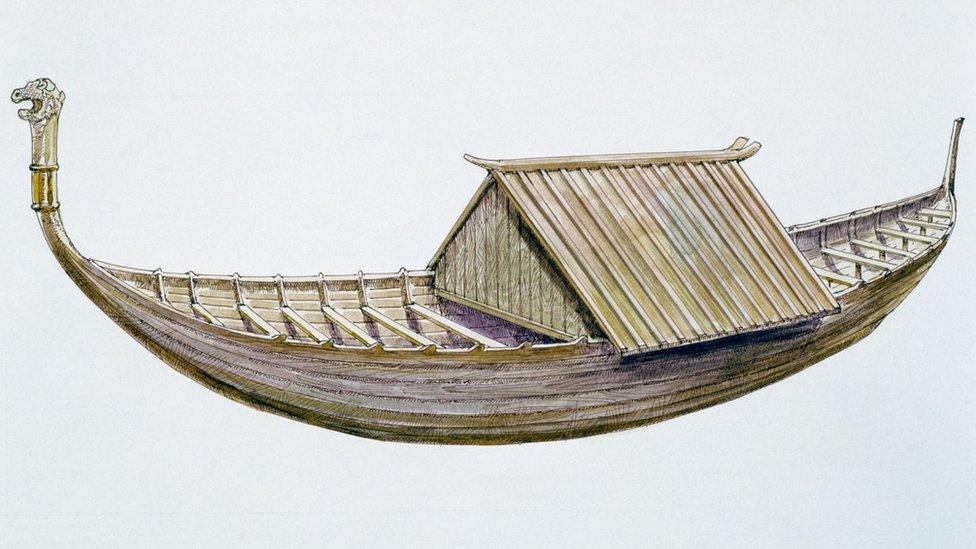
- Published3 October 2017

- Published7 August 2017

- Published1 December 2016

- Published20 September 2016

- Published19 November 2015
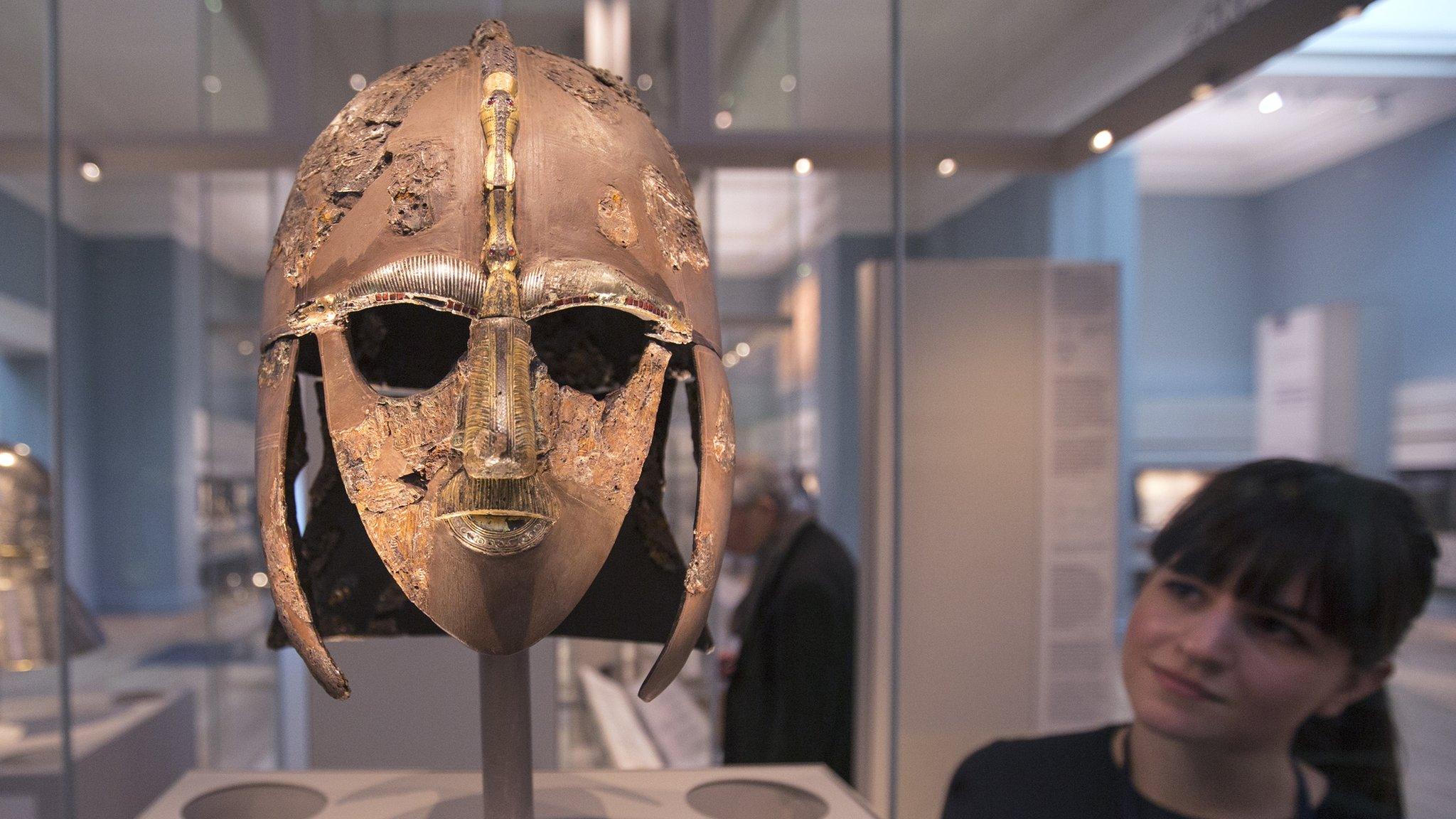
- Published26 July 2014
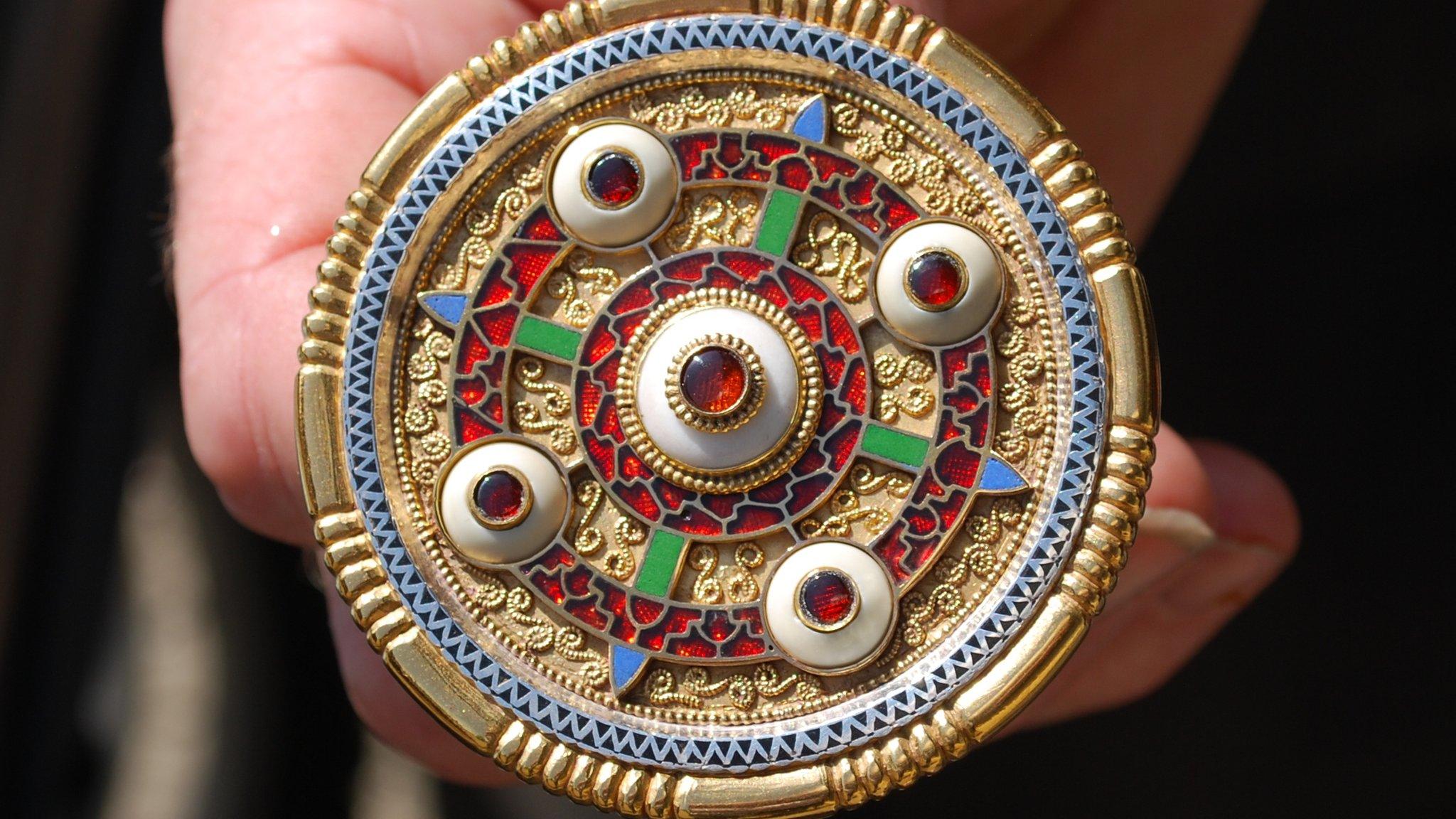
- Published10 March 2014
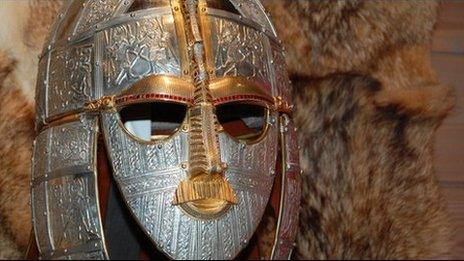
- Published20 January 2013
